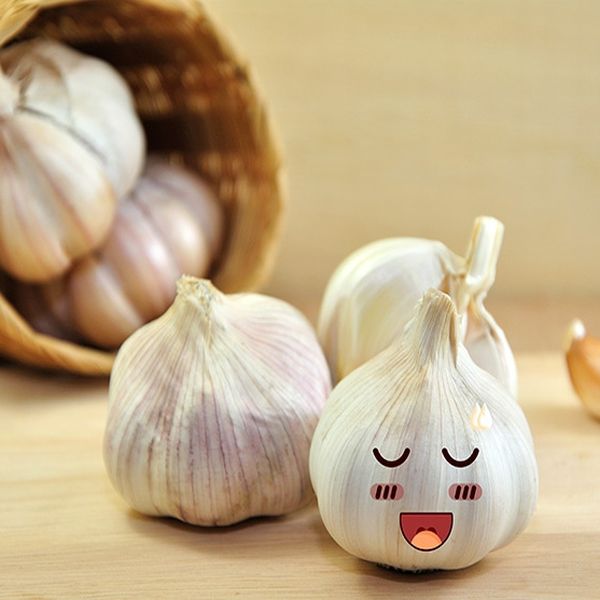Garlic is most commonly used for conditions related to the heart and blood system
Garlic is an herb that is grown around the world. It is related to onion, leeks, and chives. It is thought that garlic is native to Siberia, but spread to other parts of the world over 5000 years ago.
Garlic is most commonly used for conditions related to the heart and blood system. These conditions include high blood pressure, high levels of cholesterol or other fats (lipids) in the blood (hyperlipidemia), and hardening of the arteries (atherosclerosis).
Garlic is a strong-smelling, flavoring herb noted for its many health benefits. It contains a powerful compound called allicin that helps lower cholesterol. The health benefits of garlic include easing the symptoms of common cold, lowering blood pressure, and reducing the risk of heart ailments as well as neurodegenerative disorders.
The purpose of a garlic clove are aplenty. Right from cooking purposes to medicinal uses, it is truly an all-rounder when it comes to choosing to eat healthily. Moreover, it adds a delightful flavor to all your recipes. Also, you can consume garlic in a variety of forms–such as garlic bread, garlic aioli, garlic mashed potatoes, and so on.
Garlic, scientifically known as Allium sativum, is a close relative of the onion and is native to Central Asia. The garlic bulb contains several cloves and each clove is covered with a soft translucent peel. Garlic has been used as a seasoning in food as well as a traditional remedy for over 3,000 years. Sir Louis Pasteur, the scientist who discovered pasteurization, used the anti-bacterial qualities of this herb as early as 1858. A report in the Journal of Pharmaceutical Research suggested that one clove per day may bring a vast improvement in your overall health, while two to three cloves daily could help keep the common cold at bay.
Garlic is very low in calories, saturated fats, and sodium. It has several useful minerals such as phosphorus, potassium, magnesium, zinc, calcium, and iron, and trace minerals like iodine, sulfur, and chlorine. According to the USDA National Nutrient Database, garlic is a rich source of B-vitamins (folate, thiamine, niacin, and B-6), and vitamins C, A, and K.
According to a 2014 report in the Integrated Blood Pressure Control journal, aged garlic extract has the ability to lower blood pressure in hypertensive individuals. However, further studies are required to verify if they can be considered an alternative therapy for hypertension.
Garlic has significant cardioprotective properties, which help prevent major heart diseases like atherosclerosis, hyperlipidemia, thrombosis, hypertension, and more. While most reviewed research supports the correlation between garlic intake and cardioprotection, per the Nutrition Journal study, further research is needed to decide proper form and dosage. One should keep a close tab on the proper use of this herb i.e. use of different preparations available, dose, duration, and its interaction with generic drugs.
The antioxidant and anti-inflammatory properties of raw garlic may help prevent future neurodegenerative diseases. As per a study in the Libyan Journal of Medicine, garlic and its preparations help in preventing the risk of cardiovascular ailments, cancer, and stroke. However, further studies are required to identify particular garlic compounds responsible for its effects.
Oxidative damage plays a huge role in cardiovascular diseases and dementia, as the risk of these diseases increases with age. Aged garlic extract (AGE) has antioxidant properties that may help reduce the risk of common brain diseases like dementia and Alzheimer’s disease. High doses of AGE have shown to increase antioxidant enzymes, as well as reduce oxidative stress to those with blood pressure problems.
Other benefits of this herb include reducing the symptoms of asthma, increasing libido, and hair loss, among others.
